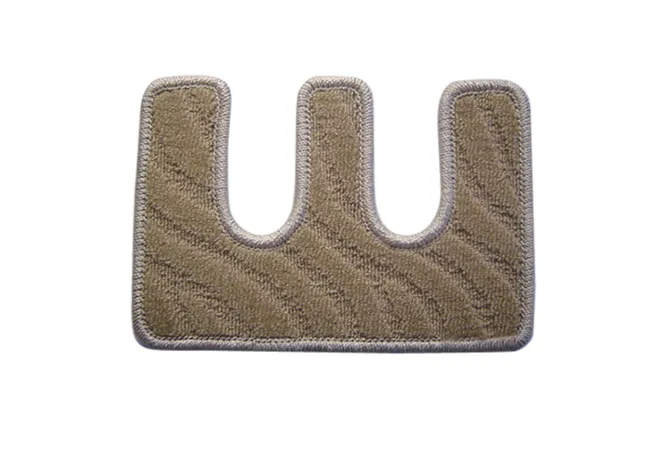Strategies for Efficient Cutting and Sewing in Textile Production
Understanding the Essentials of Cutting and Sewing in Garment Production
In the realm of garment production, mastering the techniques of cutting and sewing is crucial for creating high-quality clothing. The process involves a meticulous interplay between art and science, where precision, creativity, and technique converge. This article delves into the significance of cutting and sewing, the various methodologies employed, and the innovative trends shaping the industry.
The Importance of Cutting
Cutting is the foundational step in garment production. It determines not only the fit and style of the final product but also influences the amount of fabric wasted during production. Effective cutting techniques can lead to significant cost savings and sustainability benefits.
There are several methodologies used in cutting fabric, including manual cutting, automated cutting, and laser cutting. Manual cutting, often performed by skilled artisans, allows for a high degree of customization and is particularly beneficial for one-off designs. However, automated cutting systems have gained popularity due to their efficiency and precision. These systems use computerized patterns to cut multiple layers of fabric simultaneously, ensuring uniformity and reducing labor costs.
Laser cutting technology is the latest advancement in the field. With the ability to cut intricate designs with minimal fabric fraying, laser cutting has revolutionized how designers approach complex patterns. Furthermore, this method enhances safety by reducing the risk of injury associated with traditional cutting tools.
The Art of Sewing
Once the fabric has been cut, the sewing process begins. Sewing not only assembles the pieces of fabric together but also adds shape, structure, and finishing touches to the garment. Different sewing techniques can create varying styles and finishes. Common methods include straight stitching, zigzag stitching, and overlocking, each serving distinct purposes.
cutting line sewing

Straight stitching is fundamental for most seams, providing a clean and strong finish. Zigzag stitching, on the other hand, allows for flexibility in stretchy fabrics, while overlocking is essential for preventing fabric edges from fraying. Understanding the appropriate technique to use is essential for achieving both durability and aesthetic appeal in the final product.
Modern sewing machines have integrated advanced technologies that simplify the sewing process. For instance, some machines now feature automatic needle threading, tension adjustment, and programmable stitch patterns, enabling greater creativity and efficiency for designers and manufacturers alike.
Trends in Cutting and Sewing
The cutting and sewing landscape is continuously evolving, influenced by advancing technologies, sustainability concerns, and consumer preferences. One emerging trend is the move towards sustainable practices in garment production. Many brands are exploring eco-friendly materials and production processes. This shift not only caters to the environmentally conscious consumer but also encourages a circular economy within the fashion industry.
Another significant trend is the customization of garments, driven by consumer demand for unique and personalized products. Brands are increasingly utilizing digital cutting technology and sewing automation to offer bespoke options, allowing customers to select specific designs, sizes, and fabric choices. Additionally, the rise of e-commerce has led to greater emphasis on efficient and precise production techniques to meet quick turnaround times.
Conclusion
In conclusion, cutting and sewing are integral to the garment production process, combining precision with creativity to produce high-quality apparel. As the industry evolves, embracing new technologies and sustainable practices will be vital in shaping the future of fashion. By honing skills in cutting and sewing, designers and manufacturers can not only create beautiful garments but also contribute to a more sustainable and innovative industry. Understanding these foundational elements will empower the next generation of fashion professionals to push the boundaries of design and production while meeting the diverse needs of contemporary consumers.
-
Boost Production Efficiency with a Pattern Sewing MachineNewsAug.29,2025
-
Industrial Excellence with the Best Heavy Duty Sewing MachineNewsAug.29,2025
-
Precision and Power with the Best Pattern Sewing MachineNewsAug.29,2025
-
Reliable Bulk Packaging Starts With the Right FIBC Sewing MachineNewsAug.29,2025
-
Advanced Packaging Solutions: Elevate Productivity with Jumbo Bag Sewing Machine and Industrial Stitching EquipmentNewsAug.29,2025
-
High-Performance Solutions for Bulk Packaging: FIBC Sewing Machine and MoreNewsAug.29,2025
-
Maximize Efficiency with an Industrial Cylinder Arm Sewing MachineNewsAug.28,2025


























